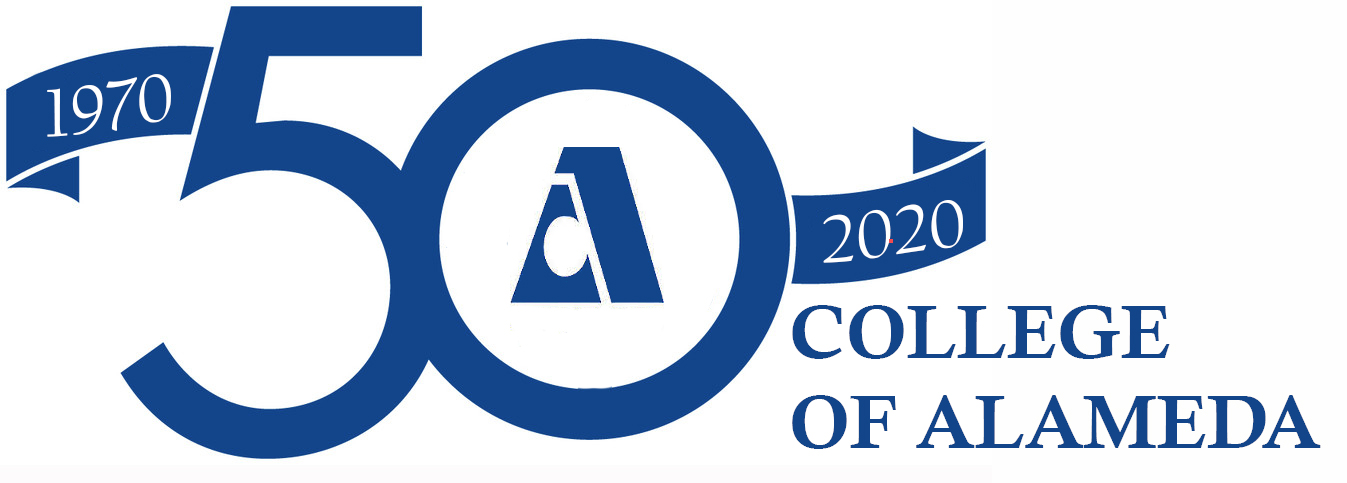Alternate Media Services
Alternate media services (including braille, tactile graphics, print enlarging and electronic text [e-text]) may be provided to students who have a verified disability and whose disability-related limitations prevent them from accessing print in its standard, or published, format.
Electronic Text (E-Text)
Textbooks and course materials can be scanned into an Electronic Text format so that it can be accessed electronically.
Assembly Bill 422 (California, 1999) requires every publisher of printed instructional materials to provide those materials in electronic format for students with disabilities attending University of California campuses, California State Universities, or California Community Colleges and provide them in a timely manner at no additional cost upon the receipt of a written request and evidence of a student’s receipt of purchase. There are specific legal requirements to access this service.
Procedures
- Students meet with a SAS Counselor to verify their disability and the educational limitations that necessitate textbooks and course materials in alternate formats.
- After the SAS Counselor authorizes alternate media services, the student should meet with the Alternate Media Specialist to complete the Application for Alternate Media Services. If the student is requesting e-text, s/he should also complete the Electronic Text Request Documentation Form.
- Students must be registered in the course for which they are requesting alternate media.
- Only required texts will be provided in alternate format.
- Students must own a physical copy of the textbook or other course material and provide receipts documenting ownership. A valid, current textbook rental agreement will also suffice.
- Alternate format requests must be submitted as soon as the student knows the material will be needed. We recommend that students make the request at least four weeks before the beginning of the class because it may take several weeks to obtain the e-text from the publisher or scan the book.
- Students using alternate media services are responsible for providing SAS in a timely manner with course textbook information, a copy of the syllabus, and/or copies of the course handouts and materials for each class in which alternate media is requested. If it is possible to get materials from instructors on disk or via e-mail, that will speed up the process.
- If SAS cannot get e-text from the publisher, staff will scan the student’s copy of the book. The binding will be removed to allow use of the high-speed scanner. If a student does not want the binding removed, the student can scan the book manually.
- The material is distributed in a specialized format exclusively for use by the eligible student with print disabilities. The student must not copy or reproduce any material provided by SAS nor allow anyone else to do so because the material on the disk is copyrighted. Violation may result in suspension or termination of alternate media services and in disciplinary action by the college.
- Students are responsible for informing the Alternate Media Specialist whenever changes occur that affect the need for alternate media.
- Alternate media must be requested each semester that it is needed.
Timelines (approximate)
Large print textbooks: 3 days per chapter
Large print handouts: 1 day
E-text from publisher: 4 – 6 weeks
E-text in-house: 1 week per chapter
Tactile graphics: 10 days
Get your requests to your SAS counselor as early as possible.
Individuals with visual disabilities can use e-text with a refreshable braille display or with screen reading software that reads aloud the information that is on the screen.
Individuals with low vision may be able to read e-text on a computer by using software such as ZoomText to magnify the image on the screen or by increasing the font size within a standard computer program.
Students with learning disabilities may use computer programs such as Kurzweil to listen to books and employ study skills features in the program.
Brailled and Tactile Graphics
Braille is a system of reading and writing for blind individuals. Tactile graphics allow diagrams printed on special heat-sensitive paper to be heated in a specialized device to produce raised lines and images.
Print Enlarging
Print enlarging is the magnification of print from e-text, textbooks, and course materials. One alternative to hard copy large print is the use of a closed-circuit television (CCTV) system which permits magnification of the page being viewed.
COA currently has Closed Circuit Televisions (CCTVs) in the Adapted Computer Learning Center (D116), the Library, and in the Support Services Specialist’s office.
Our Mission
The Mission of College of Alameda is to serve the educational needs of its diverse
community by providing comprehensive and flexible programs and resources that
empower students to achieve their goals.
